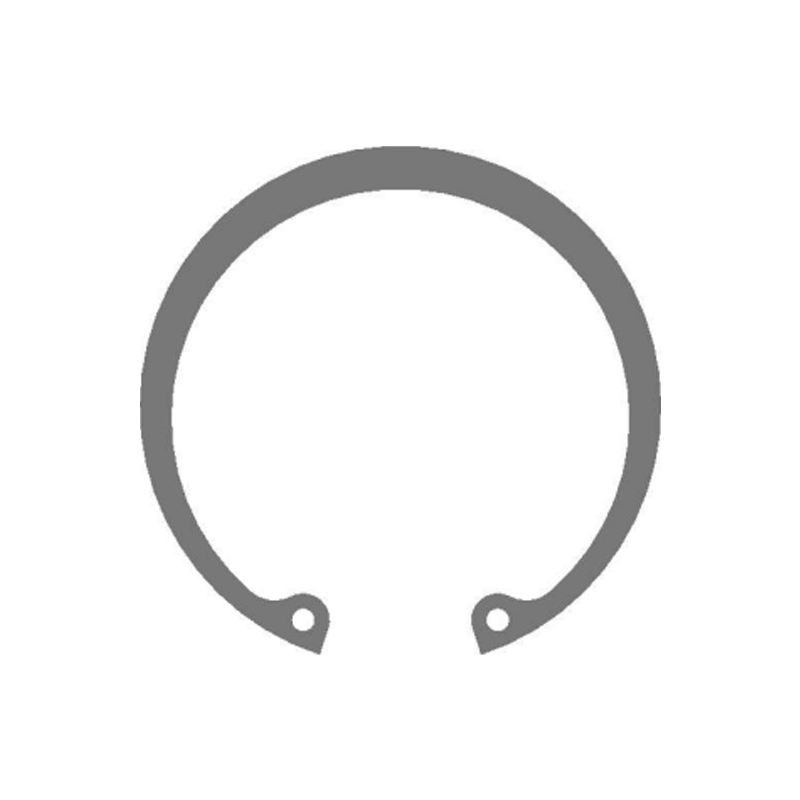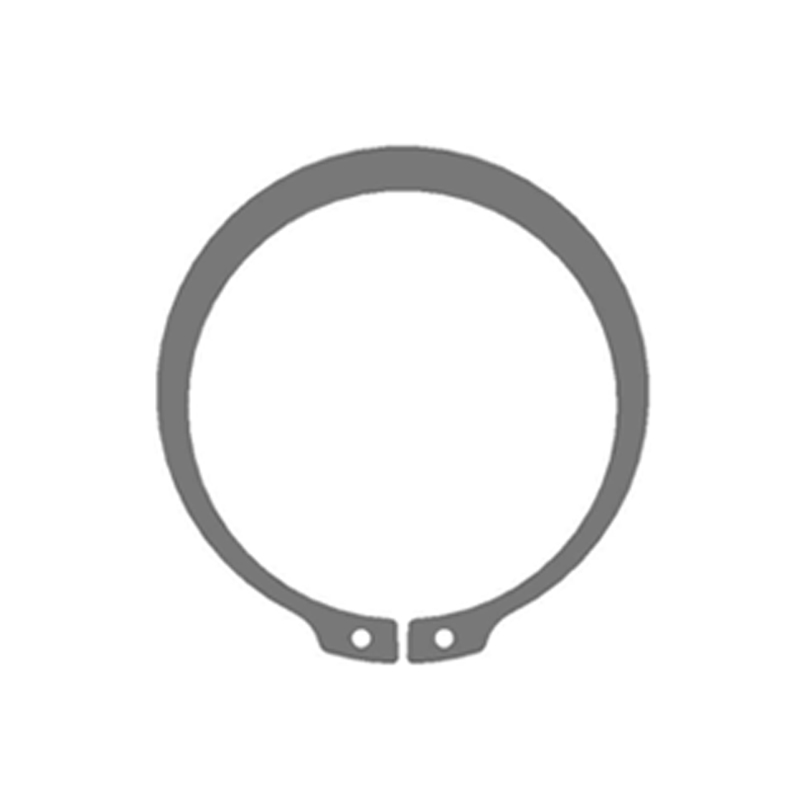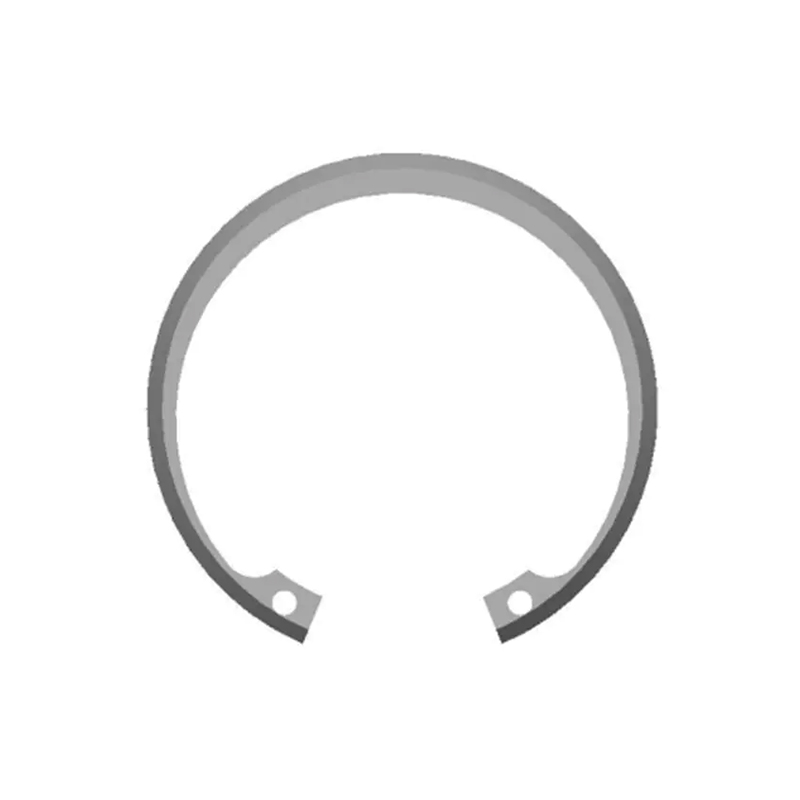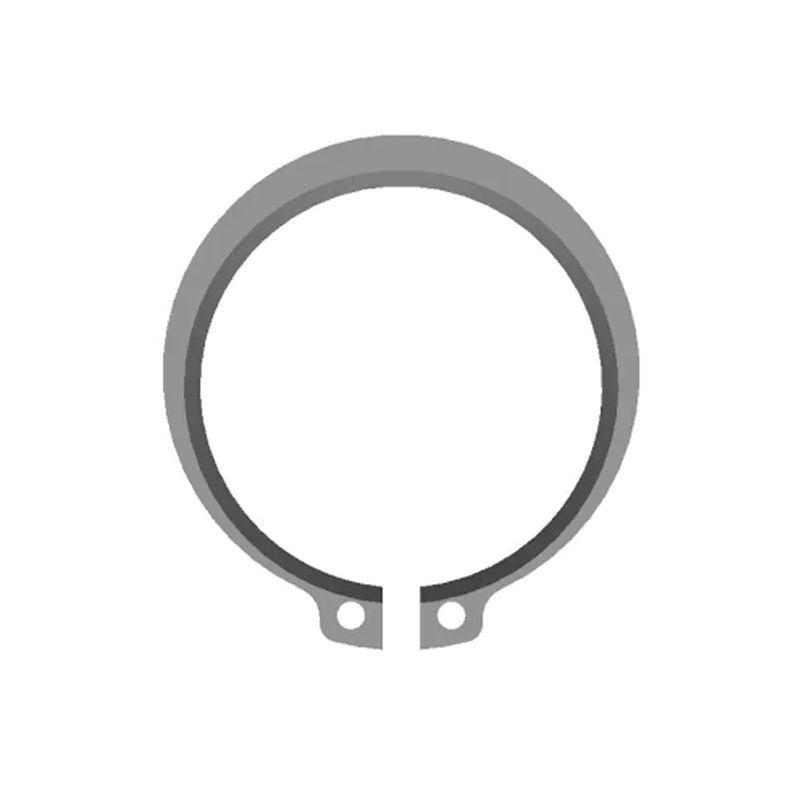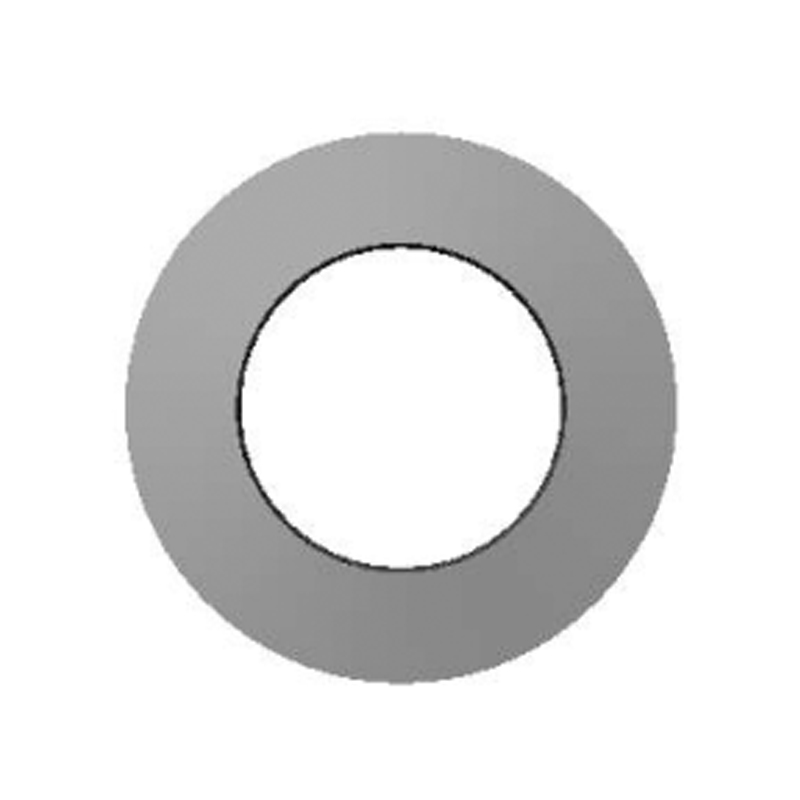In the intricate world of machinery and assemblies, where components spin, slide, and bear immense loads, a small but critical part often holds everything together: the stamping circlip. Also known as stamped retaining rings or snap rings, these seemingly simple components are precision-engineered workhorses, vital for axial location, thrust bearing, and preventing catastrophic failure. Understanding their design, function, and the advantages of the stamping manufacturing process is crucial for engineers, designers, and procurement specialists seeking reliable, cost-effective solutions.
What is a Stamping Circlip? Core Function and Anatomy
A stamping circlip is a flat, circular (or nearly circular) spring ring typically manufactured from high-carbon spring steel or stainless steel using high-precision stamping dies. Its defining features are:
-
Internal or External: Designed to fit into a groove on a shaft (internal circlip) or within a bore/housing (external circlip).
-
Lug Holes or "Ears": Feature small holes or protruding tabs specifically designed for installation and removal using specialized circlip pliers.
-
Interrupted Circle: Not a complete circle; features a gap allowing it to be compressed (external) or expanded (internal) for fitting into its groove.
-
Spring Action: Once seated in its groove, the inherent spring force of the material exerts radial pressure against the groove walls, locking it securely in place.
Their Primary Function: To provide positive axial location for components like bearings, gears, pulleys, and wheels on shafts or within housings. They act as a mechanical stop, preventing parts from moving sideways (axially) under operational forces like vibration, thrust loads, or centrifugal force.
Why Choose Stamped Circlips? The Manufacturing Advantage
While circlips can also be machined (wire-formed), stamping offers distinct advantages that make it the preferred process for high-volume production and specific performance needs:
-
Exceptional Precision & Consistency: Modern stamping presses equipped with high-quality, hardened dies produce circlips with extremely tight dimensional tolerances. This consistency is paramount for reliable seating in the groove and consistent spring force, batch after batch. Critical features like lug hole placement and ring diameter are held to precise standards (e.g., DIN 471/472, ISO 8750/8752).
-
High Production Speed & Cost-Effectiveness: Stamping is a high-speed, automated process. Once dies are made, thousands of identical circlips can be produced per hour with minimal labor. This translates into significantly lower per-part costs, especially for large-volume applications.
-
Material Efficiency & Strength: Stamping minimizes material waste compared to machining. The process also allows for excellent grain flow control within the metal. High-quality spring steel, properly heat-treated after stamping, results in components with superior fatigue strength, resilience, and load-bearing capacity. The flat profile provides robust resistance to axial thrust forces.
-
Surface Finish & Clean Edges: Precision stamping dies produce clean, burr-free edges and consistent surface finishes, reducing the risk of damage during installation or to mating components. Secondary processes like zinc plating, phosphating (parkerizing), or passivation (for stainless) can be easily applied for corrosion resistance.
-
Versatility in Design: Stamping allows for the economical production of a vast range of standard sizes and also facilitates custom designs. Variations include:
-
Standard circlips (DIN 471/472, ISO 8750/8752, etc.)
-
Heavy-duty circlips (thicker cross-section for higher loads)
-
Circlips with extended lugs for easier tool access
-
Wave circlips (providing a preload or compensating for small tolerances)
-
Specialized finishes or materials
-
Key Applications: Where Stamping Circlips Keep Industries Moving
Stamped circlips are ubiquitous across virtually every sector involving rotating machinery and precision assemblies:
-
Automotive & Transportation: Transmissions, engines (crankshafts, camshafts), differentials, wheel hubs, steering columns, pumps, alternators.
-
Aerospace: Actuators, landing gear components, engine accessories, control systems (where approved grades/materials are used).
-
Industrial Machinery: Gearboxes, electric motors, pumps, compressors, conveyors, power tools, agricultural equipment.
-
Consumer Appliances: Washing machines, dryers, power tools, HVAC systems.
-
Electronics & Medical Devices: Precision motors, drives, pumps within diagnostic equipment (requires high cleanliness standards).
-
General Engineering: Any application requiring reliable, economical axial retention of bearings, bushings, or other components on shafts or in bores.
Critical Considerations for Selection and Use
Choosing and using the right stamping circlip is vital for performance and safety:
-
Groove Design is Paramount: The circlip's performance entirely depends on the groove machined into the shaft or housing. Grooves must adhere strictly to relevant standards (DIN, ISO) regarding width, depth, root radius, and surface finish. An improperly machined groove is the leading cause of circlip failure.
-
Correct Size & Type: Precisely match the circlip size (shaft/housing diameter, groove dimensions) and type (internal/external, standard/heavy-duty) to the application's load and space requirements. Refer to manufacturer load tables.
-
Material & Finish: Select appropriate material (e.g., carbon steel, stainless steel 301/316) and corrosion protection (zinc plating, passivation) based on the operating environment (humidity, chemicals, temperature).
-
Installation & Removal: ALWAYS use the correct circlip pliers. Forcing a circlip with screwdrivers or pliers not designed for the lug holes damages the circlip, the groove, and the pliers, and significantly increases the risk of the circlip failing or launching dangerously. Ensure the circlip is fully seated in its groove.
-
Inspection: Visually inspect circlips before installation for any damage, cracks, or excessive deformation. Replace circlips that have been removed, as their spring force is compromised.
The Stamped Circlip: A Foundation of Reliability
Stamping circlips represent an optimal blend of precision engineering, high-volume manufacturability, and robust performance. Their ability to provide secure, reliable axial location at a low cost per part makes them indispensable in countless mechanical systems. Understanding the advantages of the stamping process – precision, consistency, strength, and cost-efficiency – empowers engineers to make informed choices that enhance the durability and safety of their designs.
Partner with Precision for Your Circlip Needs
[Your Company Name] specializes in high-precision stamped circlips manufactured to the highest quality standards (ISO 9001 certified). We offer:
-
Extensive Range: Comprehensive inventory of DIN, ISO, and ANSI standard circlips (internal & external) in various materials and finishes.
-
Uncompromising Quality: Rigorous quality control ensures dimensional accuracy, material integrity, and consistent spring performance.
-
Custom Solutions: Engineering support for custom circlip designs tailored to your specific application challenges.
-
Reliable Supply Chain: Consistent, on-time delivery to keep your production lines moving.
-
Technical Expertise: Our team is ready to assist with groove design recommendations and application troubleshooting.
Don't let a small component become a big problem. Ensure the reliability of your assemblies with precision-engineered stamping circlips from [Your Company Name]. Browse our catalog, request a quote, or contact our technical team today to find the perfect retaining solution for your project.




